Home>Gardening & Outdoor>Landscaping Ideas>How To Design A Wildflower Garden
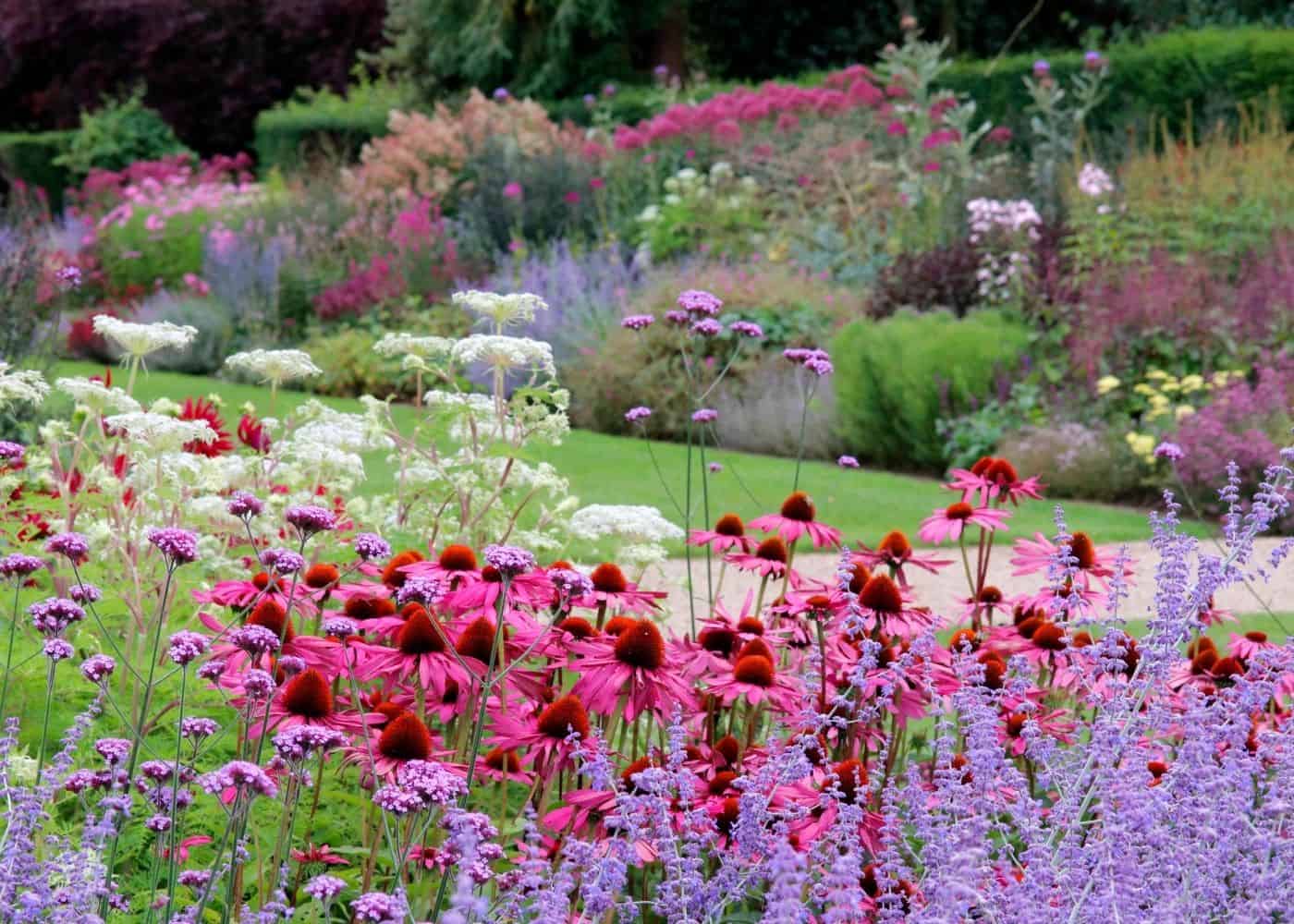

Landscaping Ideas
How To Design A Wildflower Garden
Modified: August 16, 2024
Learn how to create a stunning wildflower garden with our expert landscaping ideas. Transform your outdoor space into a colorful and vibrant oasis.
(Many of the links in this article redirect to a specific reviewed product. Your purchase of these products through affiliate links helps to generate commission for Storables.com, at no extra cost. Learn more)
Introduction
Are you looking to add a touch of natural beauty to your outdoor space? Designing a wildflower garden can be a rewarding and environmentally friendly way to enhance your landscape. Wildflower gardens not only provide a stunning display of colors but also offer essential habitats for pollinators and wildlife. Whether you have a sprawling backyard or a cozy balcony, creating a wildflower garden is a delightful way to connect with nature and contribute to the ecosystem.
In this guide, we will explore the art of designing a wildflower garden, from selecting the right wildflowers to maintaining a flourishing and vibrant space. Whether you're a seasoned gardener or a novice with a green thumb, this comprehensive resource will equip you with the knowledge and inspiration to cultivate a stunning wildflower garden that will thrive for years to come.
So, roll up your sleeves, grab your gardening tools, and let's embark on a journey to create a mesmerizing wildflower garden that will not only elevate the beauty of your outdoor space but also support the local ecosystem.
Key Takeaways:
- Designing a wildflower garden involves choosing native wildflowers, planning the layout, and nurturing the garden to support local wildlife and create a visually captivating outdoor sanctuary.
- By embracing wildlife-friendly strategies and nurturing a wildflower garden, you can create a thriving ecosystem that adds an enriching dimension to your gardening experience and contributes to the conservation of local ecosystems.
Choosing the Right Wildflowers
When it comes to designing a wildflower garden, the first step is to carefully select the right mix of wildflowers that will thrive in your specific climate and soil conditions. The key to a successful wildflower garden lies in choosing native species that are well-adapted to your region. Native wildflowers have evolved to thrive in the local environment, making them resilient and relatively low-maintenance once established.
Before embarking on your wildflower selection journey, take some time to research the native wildflowers in your area. Consider factors such as sunlight exposure, soil type, and moisture levels to identify the species that are best suited for your garden. Additionally, think about the blooming periods of different wildflowers to ensure a continuous display of colors throughout the growing season.
When selecting wildflowers, aim for a diverse mix of species to create a balanced and visually appealing garden. Look for a combination of tall and short wildflowers, as well as varieties that bloom in different colors and shapes. This diversity will not only enhance the aesthetic appeal of your garden but also provide a range of resources for pollinators and other wildlife.
Consider incorporating perennial wildflowers, which return year after year, along with annual species that provide an extra splash of color. Pay attention to the growth habits of the wildflowers, as some may spread vigorously while others form clumps, allowing you to create a dynamic and ever-changing landscape.
Lastly, sourcing wildflower seeds or seedlings from reputable nurseries or suppliers is crucial to ensure the quality and authenticity of the plant material. By choosing the right mix of native wildflowers, you can lay the foundation for a thriving and biodiverse wildflower garden that will enchant both you and the local wildlife.
Planning Your Garden Layout
Before you start digging into the soil, it’s essential to carefully plan the layout of your wildflower garden. A well-thought-out design will not only enhance the visual appeal of your garden but also contribute to the overall health and sustainability of the ecosystem you are creating. Here are some key considerations for planning your garden layout:
- Site Selection: Assess your outdoor space to determine the ideal location for your wildflower garden. Consider factors such as sunlight exposure, drainage, and proximity to existing trees or structures. Most wildflowers thrive in areas that receive ample sunlight, so choose a spot that gets at least six hours of direct sunlight per day.
- Design Aesthetic: Think about the overall aesthetic you want to achieve with your wildflower garden. Are you aiming for a naturalistic, meadow-like setting, or do you prefer a more structured and organized layout? Tailor your garden design to complement the existing landscape and architectural features of your outdoor space.
- Paths and Borders: Plan the pathways and borders within your garden to facilitate access and define the planting areas. Incorporating meandering paths or delineating borders with natural materials can add visual interest and guide the flow of movement within the garden.
- Grouping and Layering: Consider grouping wildflowers with similar growing requirements together to create visually cohesive plantings. Additionally, think about layering the heights of the plants to add depth and dimension to your garden beds, creating a more dynamic and visually engaging landscape.
- Wildlife Considerations: Integrate elements that attract and support wildlife, such as bird feeders, bee houses, or a small water feature. By incorporating these features into your garden layout, you can create a welcoming habitat for a variety of beneficial creatures.
By carefully planning the layout of your wildflower garden, you can set the stage for a harmonious and captivating outdoor space that not only delights the senses but also fosters biodiversity and ecological balance.
Preparing the Soil
Healthy soil is the foundation of a thriving wildflower garden. Before sowing the seeds or planting wildflower seedlings, it’s essential to prepare the soil to provide an optimal growing environment for your floral beauties. Here’s how you can get your soil ready for a bountiful wildflower display:
- Assess Soil Composition: Start by assessing the composition of your soil. Is it predominantly clay, sandy, or loamy? Understanding your soil type will help you determine its drainage capabilities and nutrient-holding capacity.
- Improve Drainage: If your soil tends to retain water and become waterlogged, consider incorporating organic matter, such as compost or well-rotted manure, to improve drainage and aeration. This will prevent water from pooling around the roots of your wildflowers, reducing the risk of rot and disease.
- Enhance Fertility: Wildflowers, like all plants, require essential nutrients to thrive. Boost the fertility of your soil by adding organic amendments, such as compost, aged manure, or balanced organic fertilizers. These amendments will provide a steady supply of nutrients to support healthy growth and abundant blooming.
- Remove Weeds and Debris: Clear the area of weeds, rocks, and debris that may impede the growth of your wildflowers. Weeds compete with wildflowers for resources, so it’s crucial to start with a clean slate to give your chosen plants the best chance to establish themselves.
- Loosen the Soil: Use a garden fork or tiller to loosen the soil to a depth of several inches. This will break up compacted soil, improve root penetration, and create a welcoming environment for the wildflower seeds or seedlings.
- Consider pH Levels: Some wildflowers have specific pH preferences. While most native wildflowers are adaptable, it’s beneficial to test the soil pH and make adjustments if necessary to accommodate the preferences of the selected wildflower species.
By taking the time to prepare the soil, you are laying the groundwork for a flourishing wildflower garden that will dazzle with its vibrant colors and robust growth. Healthy soil sets the stage for a thriving ecosystem where native wildflowers can thrive and contribute to the beauty and diversity of your outdoor space.
Choose a variety of wildflowers that bloom at different times to ensure a continuous display of color throughout the growing season. This will attract a diverse range of pollinators to your garden.
Planting Your Wildflowers
As you embark on the exciting journey of planting your wildflowers, careful consideration and proper techniques will ensure the success of your garden. Whether you’re working with seeds, seedlings, or mature plants, the planting process plays a crucial role in establishing a vibrant and resilient wildflower garden. Here are some essential steps to guide you through the planting phase:
- Seed Sowing: If you’re starting from seeds, follow the recommended sowing instructions for each wildflower species. Some seeds may require scarification or stratification to break dormancy and promote germination. Consider creating a seed mix that includes a variety of wildflower species to achieve a diverse and visually captivating garden.
- Seedling Transplanting: When working with seedlings or young plants, prepare the planting area by ensuring the soil is well-prepared and free of competing weeds. Dig individual holes or prepare larger planting beds, spacing the wildflowers according to their mature size and growth habits.
- Planting Depth: Pay attention to the recommended planting depth for each wildflower species. While some seeds require surface sowing, others may need to be planted at specific depths to ensure proper germination and establishment.
- Watering and Mulching: After planting, gently water the area to settle the soil around the seeds or roots of the seedlings. Consider applying a thin layer of mulch to conserve moisture, suppress weed growth, and provide a protective cover for the emerging wildflowers.
- Establishment Care: Monitor the newly planted wildflowers closely and provide regular, gentle watering to support their establishment. Avoid overwatering, as this can lead to root rot, especially during the initial growth stages.
- Seasonal Considerations: Be mindful of the timing of your planting activities, as different wildflowers may have specific preferences for sowing or transplanting during certain seasons. Consider the natural blooming periods of the wildflowers to create a garden that offers a continuous display of colors throughout the year.
By following these planting guidelines and nurturing your wildflowers with care, you are laying the groundwork for a captivating and biodiverse garden that will flourish and evolve with each passing season.
Maintaining Your Wildflower Garden
Once your wildflower garden is in full bloom, it’s essential to provide ongoing care to ensure its long-term health and vitality. While wildflowers are known for their resilience and ability to thrive with minimal intervention, a little maintenance can go a long way in sustaining a vibrant and flourishing garden. Here are some key maintenance tasks to keep your wildflower haven in top form:
- Weeding: Regularly inspect the garden for weeds and promptly remove any invasive plants that may compete with your wildflowers for resources. Hand weeding is often the best approach to avoid disturbing the delicate roots of your native plants.
- Watering: While native wildflowers are generally well-adapted to local rainfall patterns, occasional watering during dry spells can support healthy growth and prolonged blooming. Water deeply but infrequently to encourage robust root development.
- Deadheading: To encourage continuous blooming and prevent self-seeding of prolific species, consider deadheading spent flowers. This practice redirects the plant’s energy into producing more blooms, prolonging the floral display throughout the season.
- Soil Amendment: Periodically assess the soil fertility and make adjustments as needed. Adding a top dressing of compost or organic fertilizer can provide a nutrient boost to support the wildflowers’ growth and resilience.
- Supporting Wildlife: Embrace the presence of pollinators and beneficial insects in your wildflower garden. Avoid using chemical pesticides and herbicides, as these can harm the very creatures that contribute to the health and balance of your garden ecosystem.
- Observation and Adaptation: Take the time to observe the dynamics of your wildflower garden throughout the seasons. Notice which species thrive and which may need additional support. Adapt your maintenance practices based on the specific needs and behaviors of the wildflowers in your garden.
By tending to these maintenance tasks with care and attentiveness, you can nurture a wildflower garden that not only dazzles with its natural beauty but also serves as a haven for local wildlife and a testament to the wonders of native flora.
Attracting Wildlife to Your Garden
Creating a wildflower garden offers a wonderful opportunity to invite a diverse array of wildlife to share in the natural splendor of your outdoor space. By incorporating elements that cater to the needs of local fauna, you can transform your garden into a thriving ecosystem that supports and attracts a variety of wildlife. Here are some strategies for attracting and nurturing wildlife in your wildflower garden:
- Pollinator-Friendly Plantings: Select wildflowers that are known for their appeal to pollinators, such as bees, butterflies, and hummingbirds. Species like coneflowers, bee balm, and milkweed are excellent choices for attracting and supporting these vital pollinating creatures.
- Provide Shelter and Nesting Sites: Incorporate native shrubs, grasses, and small trees to create sheltered areas that offer protection and nesting opportunities for birds and small mammals. Brush piles, rock piles, and strategically placed birdhouses can also enhance the habitat value of your garden.
- Water Features: Consider adding a small water feature, such as a birdbath or a shallow pond, to provide a source of water for wildlife. Water is essential for drinking and bathing, and it can attract a delightful array of birds and other creatures to your garden.
- Native Fruit and Seed-Bearing Plants: Introduce native fruit-bearing shrubs and seed-producing plants to provide a natural food source for birds and small mammals. Species like serviceberry, elderberry, and sunflowers can contribute to the overall biodiversity and ecological richness of your garden.
- Minimize Chemical Use: Avoid the use of chemical pesticides and herbicides, as these can harm the very wildlife you seek to attract. Embracing organic and wildlife-friendly gardening practices will create a safe and welcoming environment for a variety of creatures.
- Observation and Appreciation: Take the time to observe the wildlife that visits your garden and appreciate the interconnectedness of the natural world. By fostering a space that supports wildlife, you can experience the joy of witnessing the beauty and vitality of the creatures that call your wildflower garden home.
By implementing these wildlife-friendly strategies, you can transform your wildflower garden into a haven for biodiversity, where the delicate dance of nature unfolds before your eyes. Embracing the presence of wildlife adds an enriching dimension to your gardening experience and contributes to the conservation of local ecosystems.
Conclusion
Designing and cultivating a wildflower garden is a deeply rewarding endeavor that allows you to connect with nature, contribute to biodiversity, and create a visually captivating outdoor sanctuary. By carefully selecting native wildflowers, planning a thoughtful garden layout, and providing the necessary care, you can establish a thriving ecosystem that supports local wildlife and delights the senses throughout the seasons.
As your wildflower garden matures and evolves, it becomes a living tapestry of colors, textures, and life. Each bloom and fluttering visitor adds to the enchanting story of your garden, reminding us of the intricate web of life that surrounds us. The beauty of a wildflower garden lies not only in its visual appeal but also in the ecological harmony it fosters and the sense of wonder it inspires.
Through the process of designing and tending to a wildflower garden, we become stewards of the land, nurturing a space that offers respite for pollinators, shelter for wildlife, and a source of natural beauty for ourselves and our communities. The act of cultivating a wildflower garden is a celebration of the inherent beauty and resilience of native flora and the diverse array of creatures that depend on them for sustenance and habitat.
As you embark on your wildflower gardening journey, remember to embrace the ever-changing nature of your garden and find joy in the small miracles that unfold each day. Whether it’s the first bloom of a native wildflower, the arrival of a delicate butterfly, or the melodious song of a visiting bird, your wildflower garden is a living testament to the wonders of the natural world.
So, roll up your sleeves, immerse yourself in the timeless rhythm of the seasons, and let your wildflower garden become a sanctuary of beauty, biodiversity, and inspiration for all who encounter its enchanting allure.
Frequently Asked Questions about How To Design A Wildflower Garden
Was this page helpful?
At Storables.com, we guarantee accurate and reliable information. Our content, validated by Expert Board Contributors, is crafted following stringent Editorial Policies. We're committed to providing you with well-researched, expert-backed insights for all your informational needs.
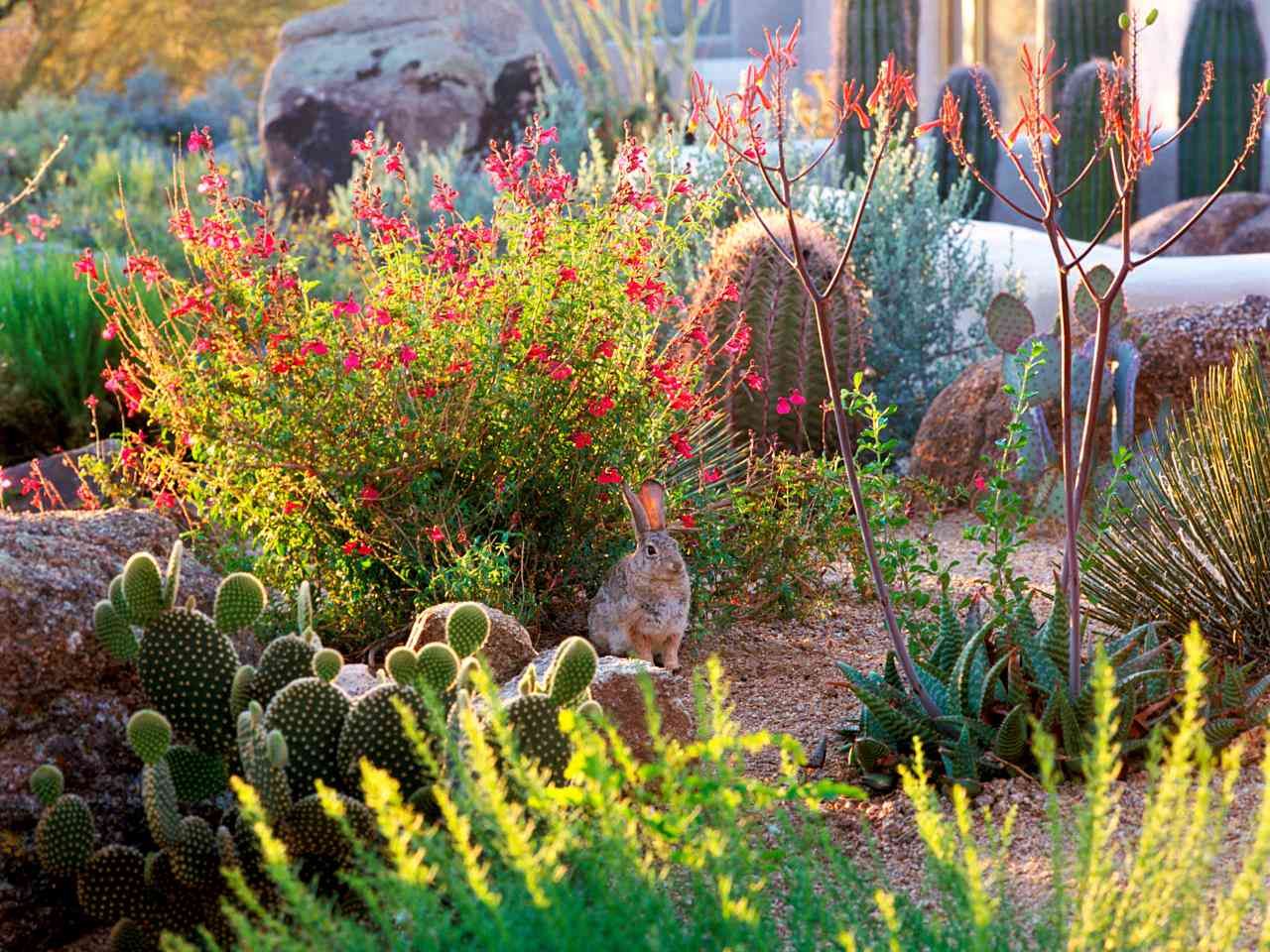
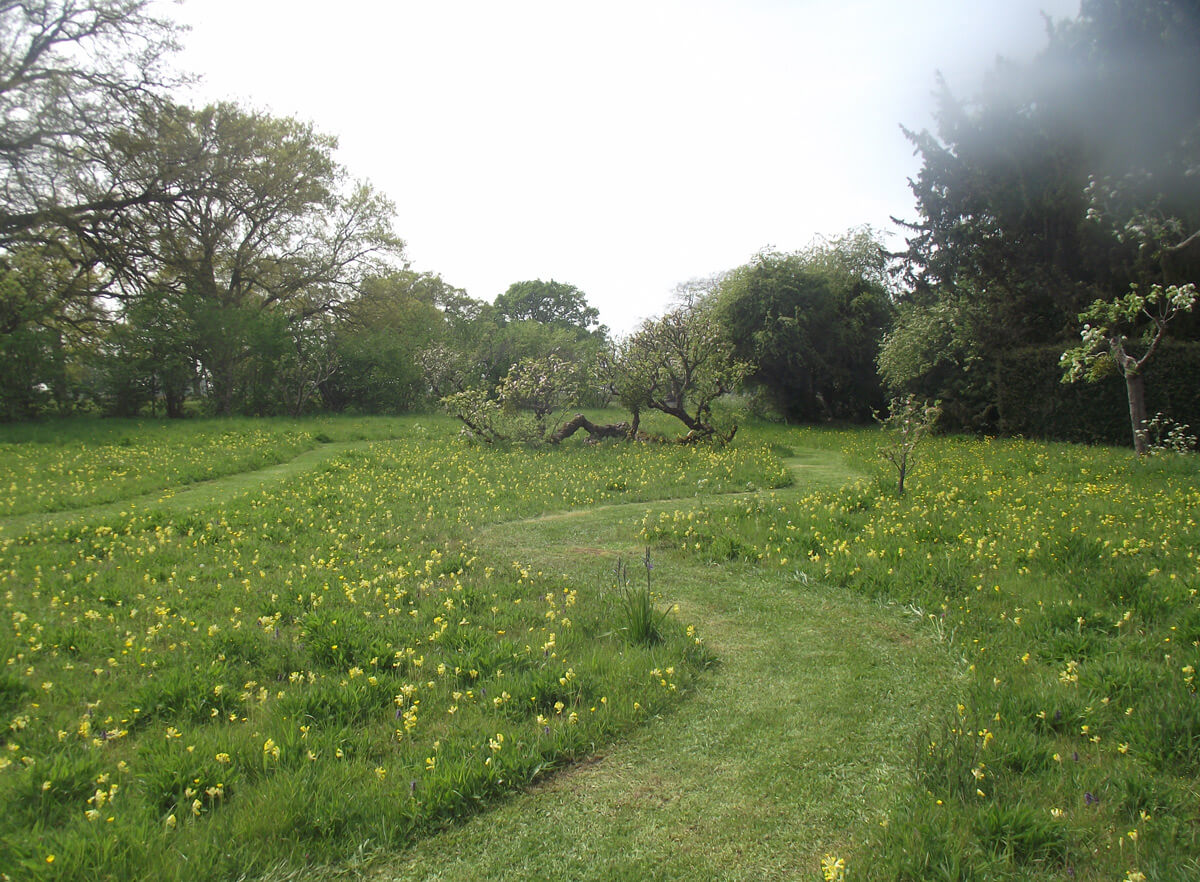
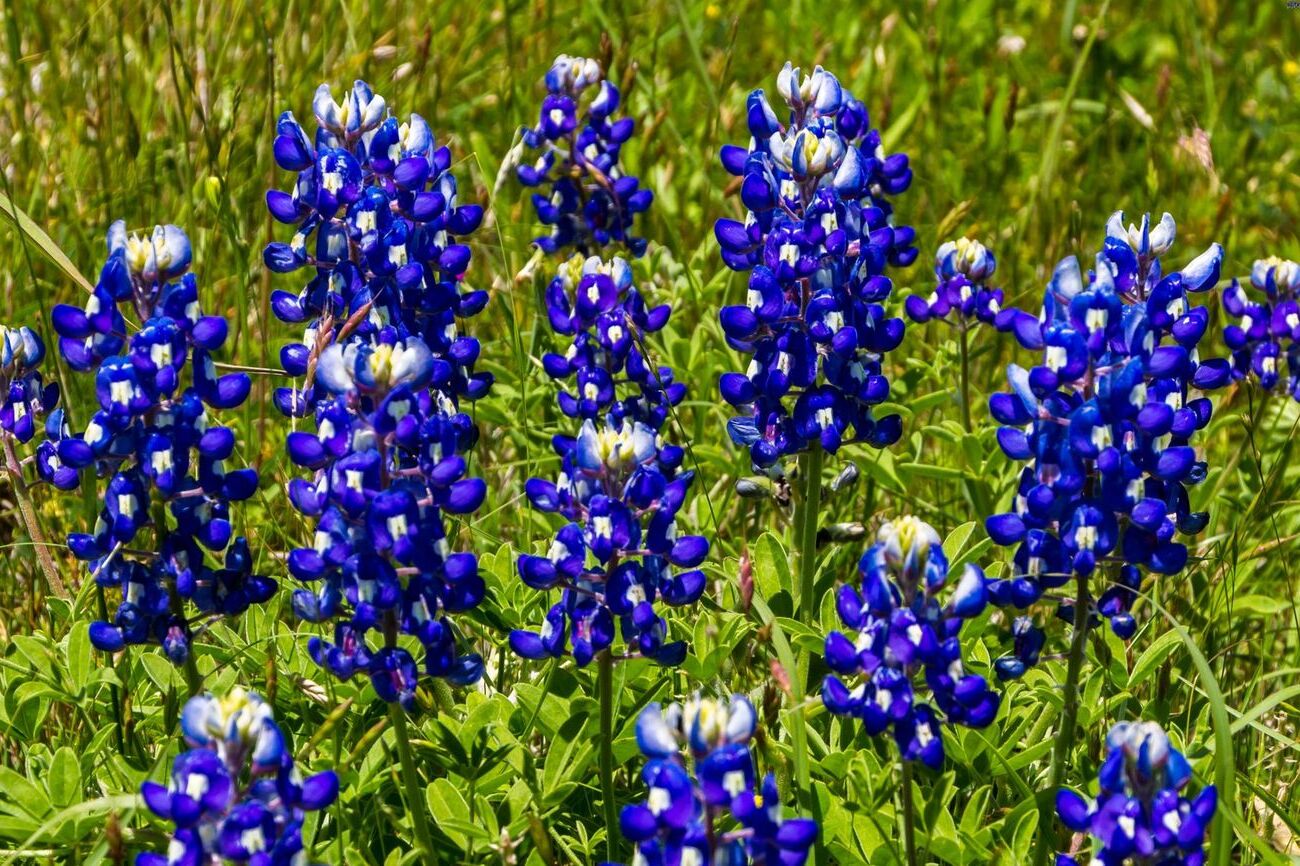
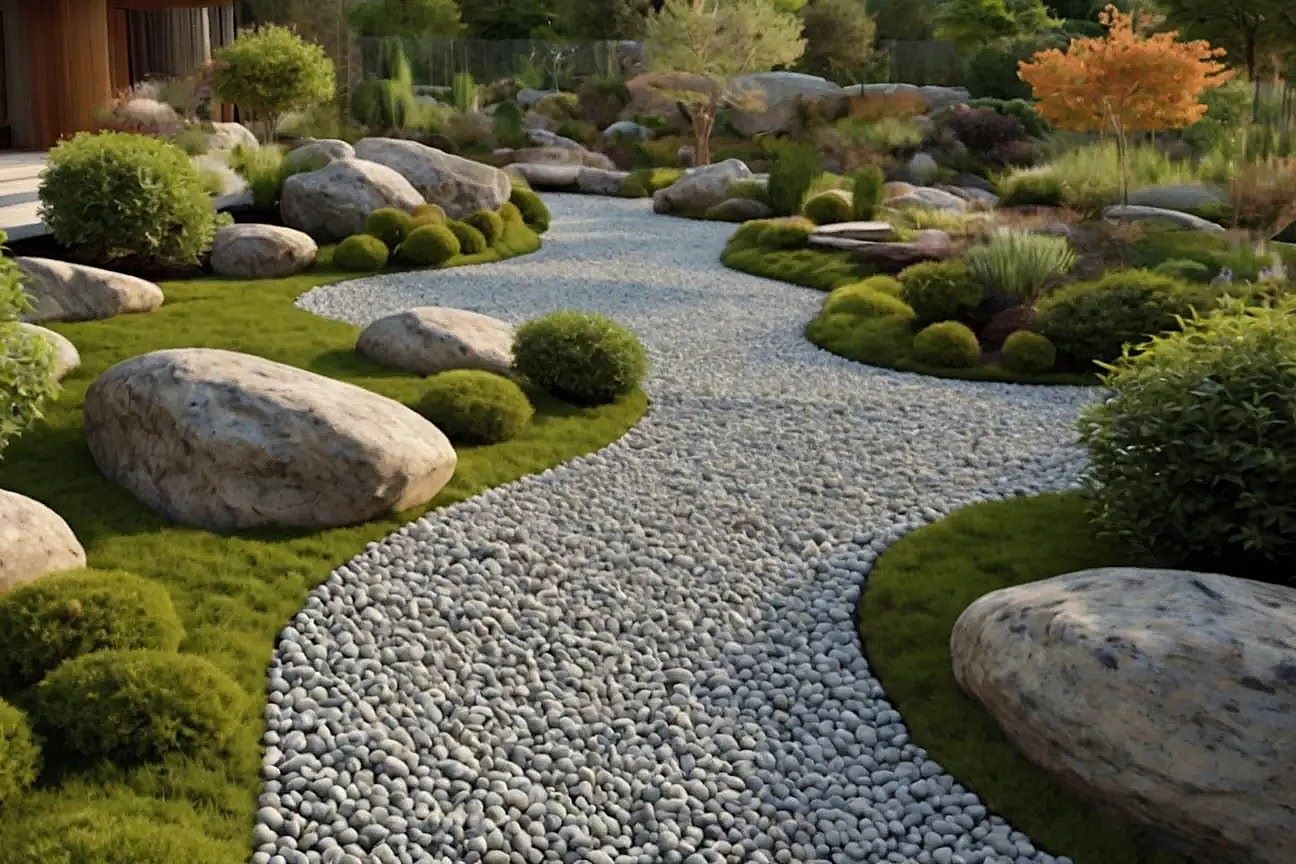
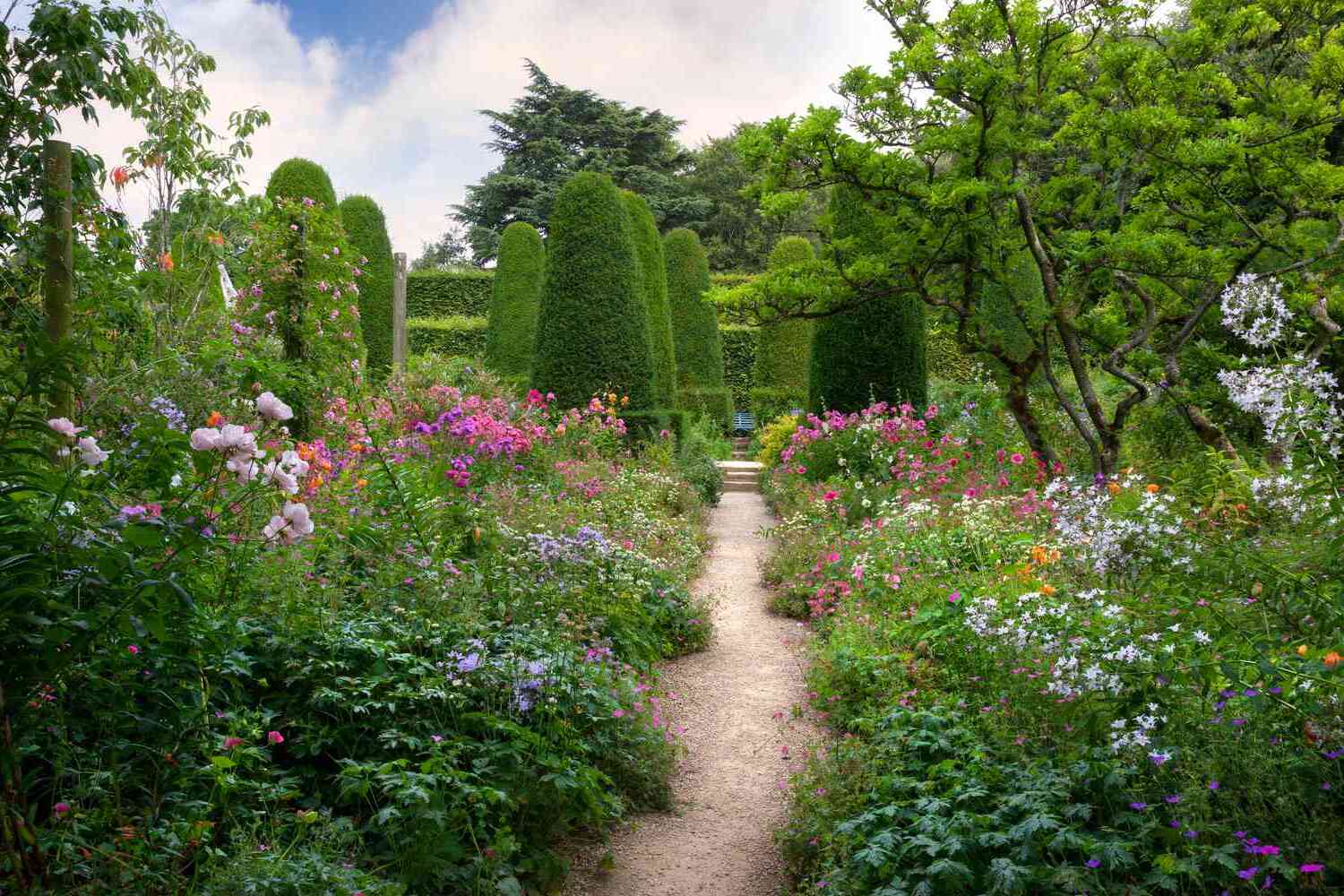
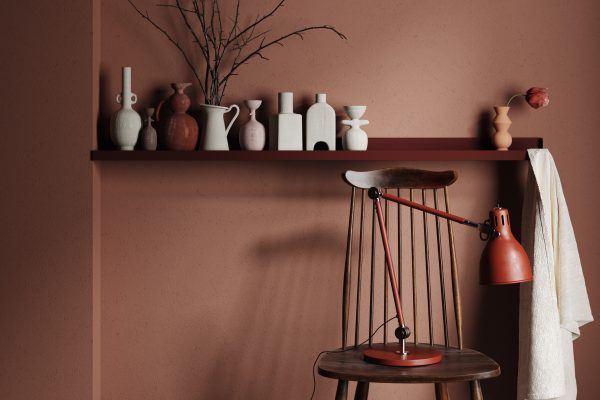
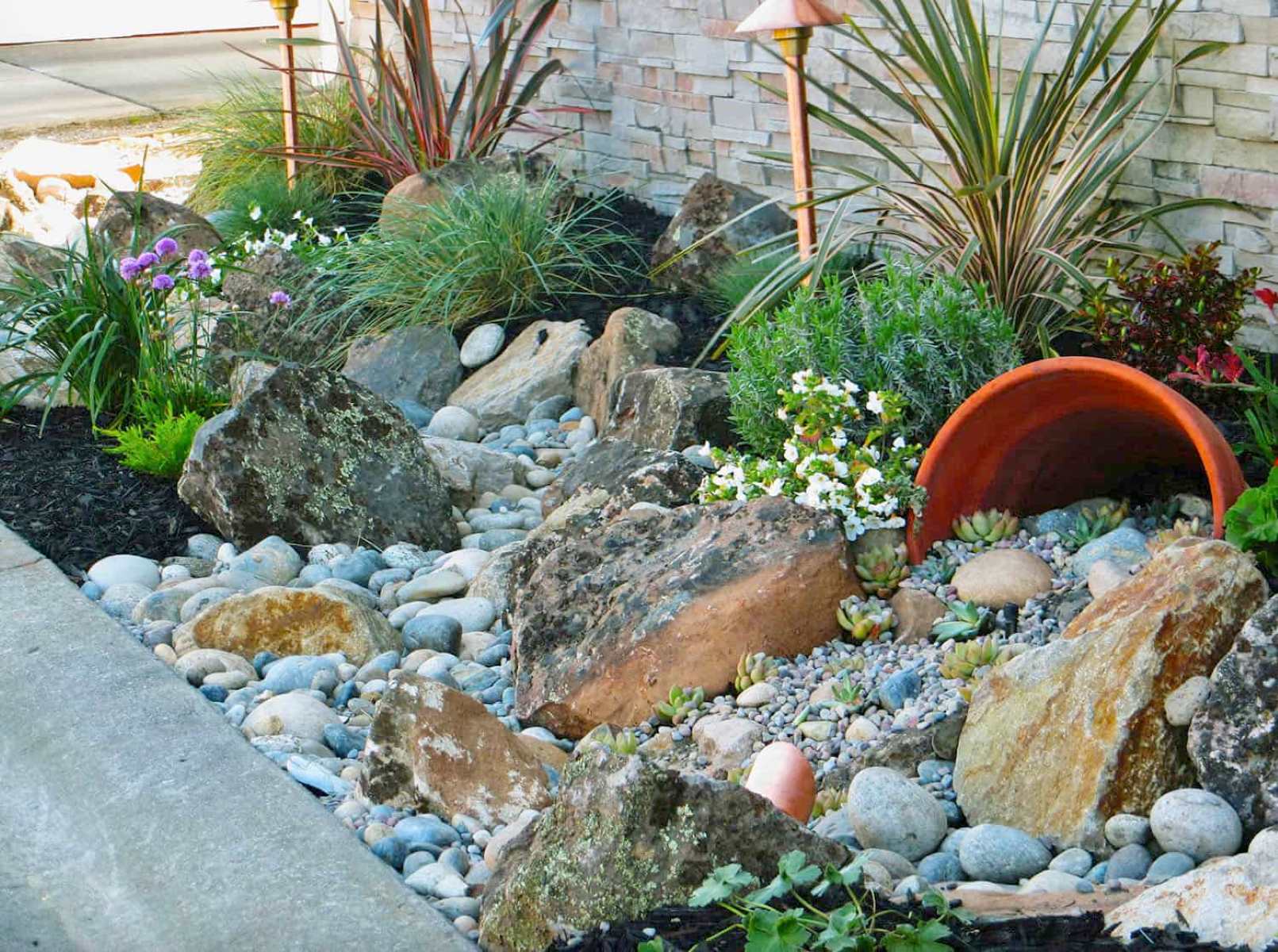
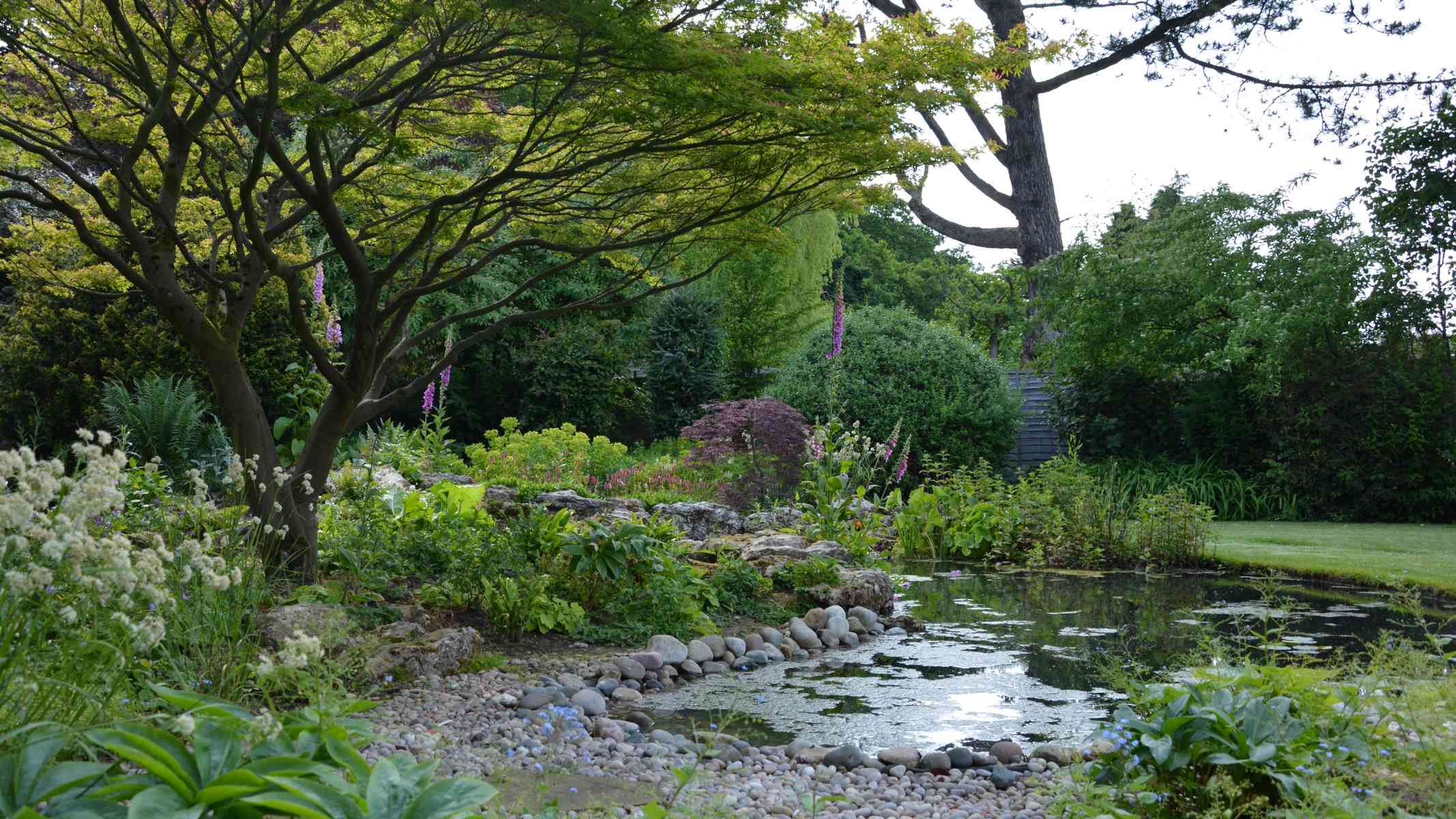
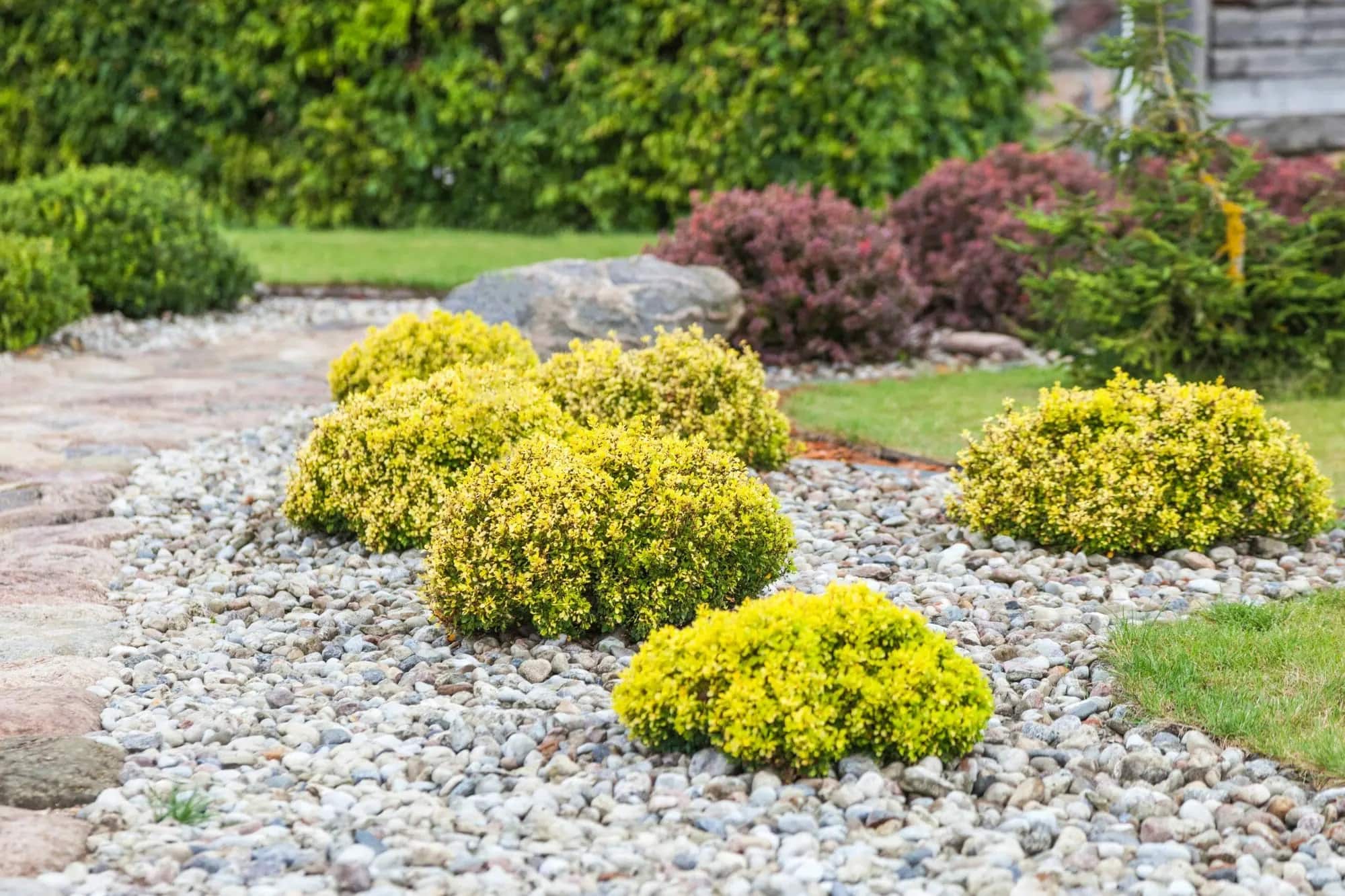
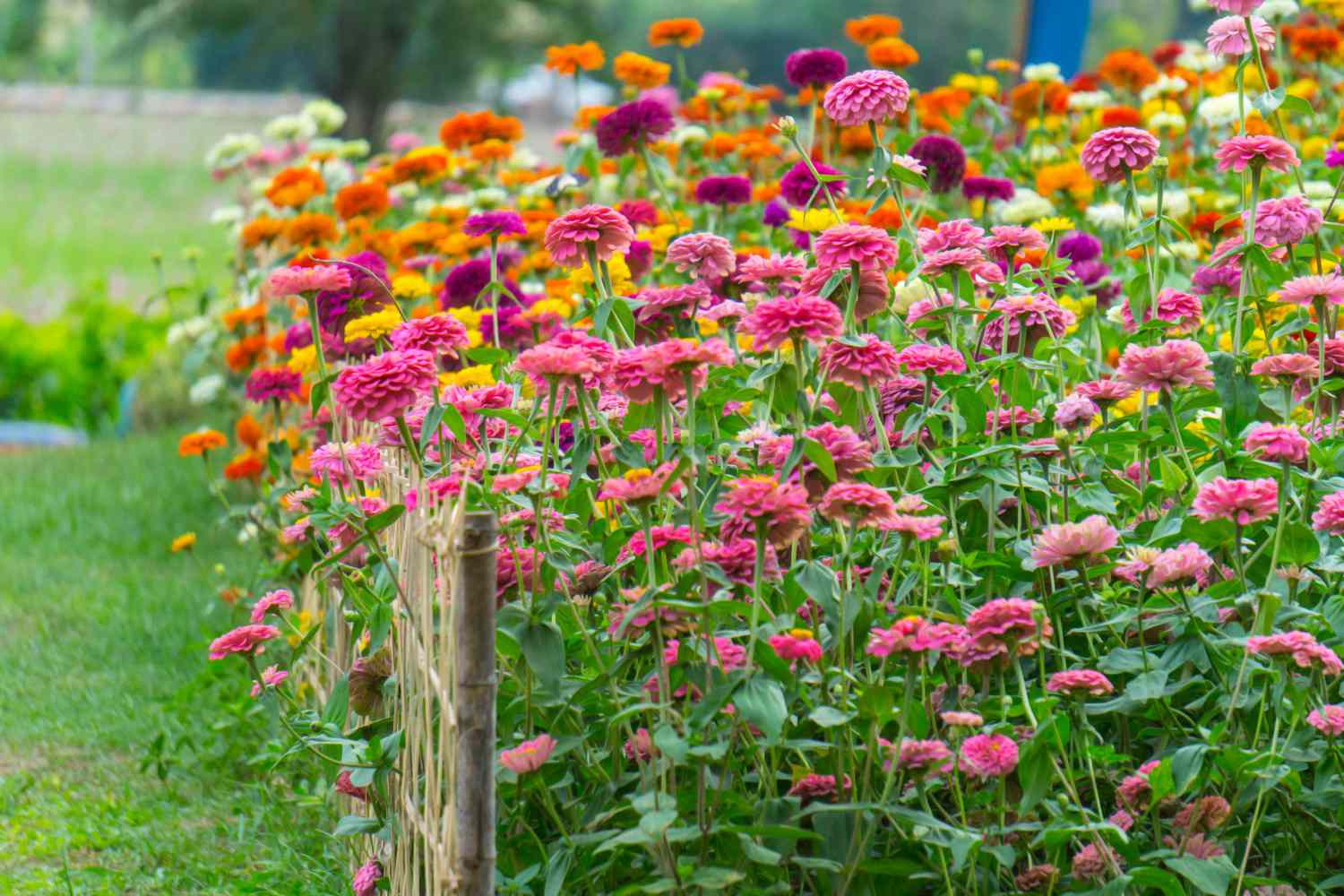
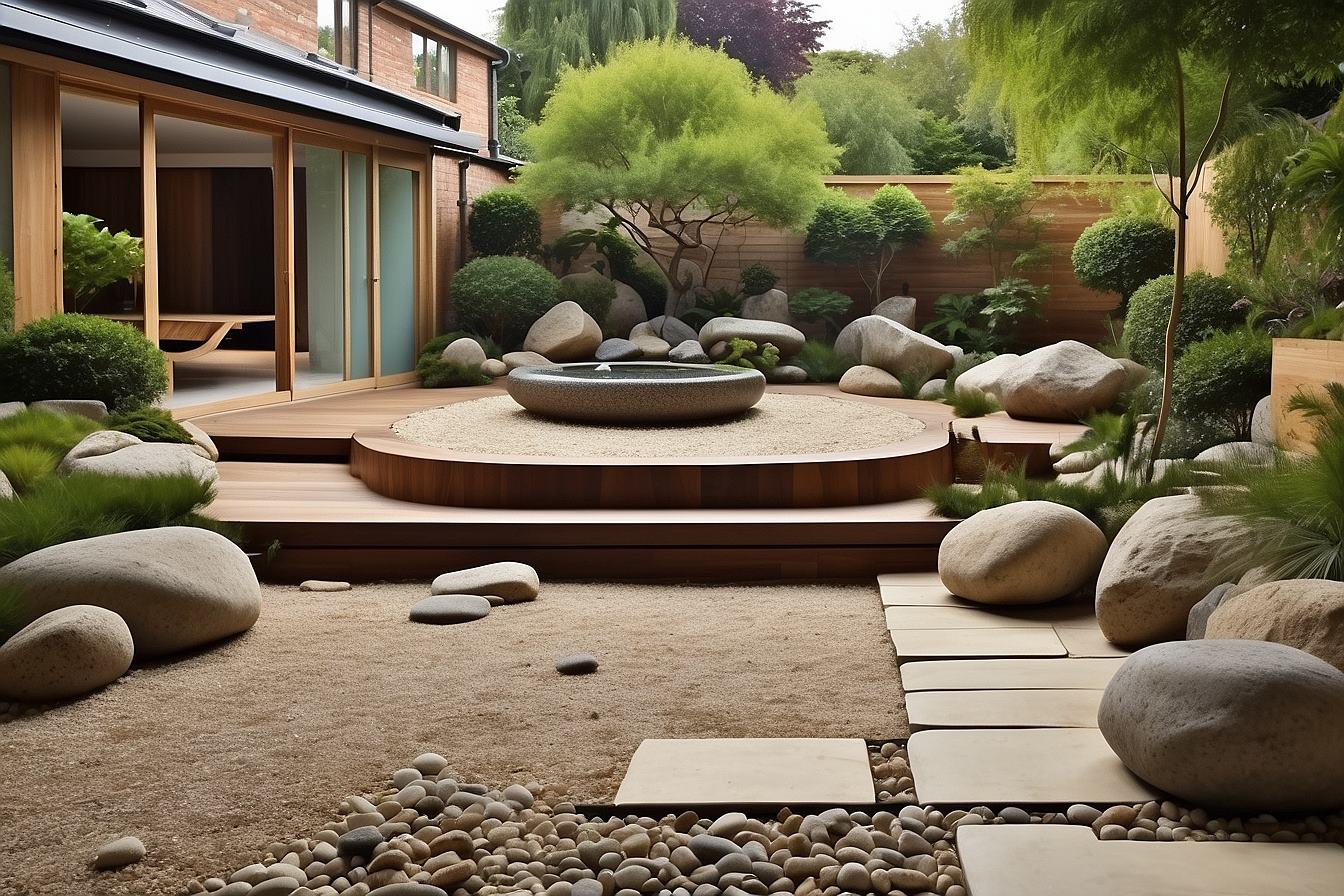
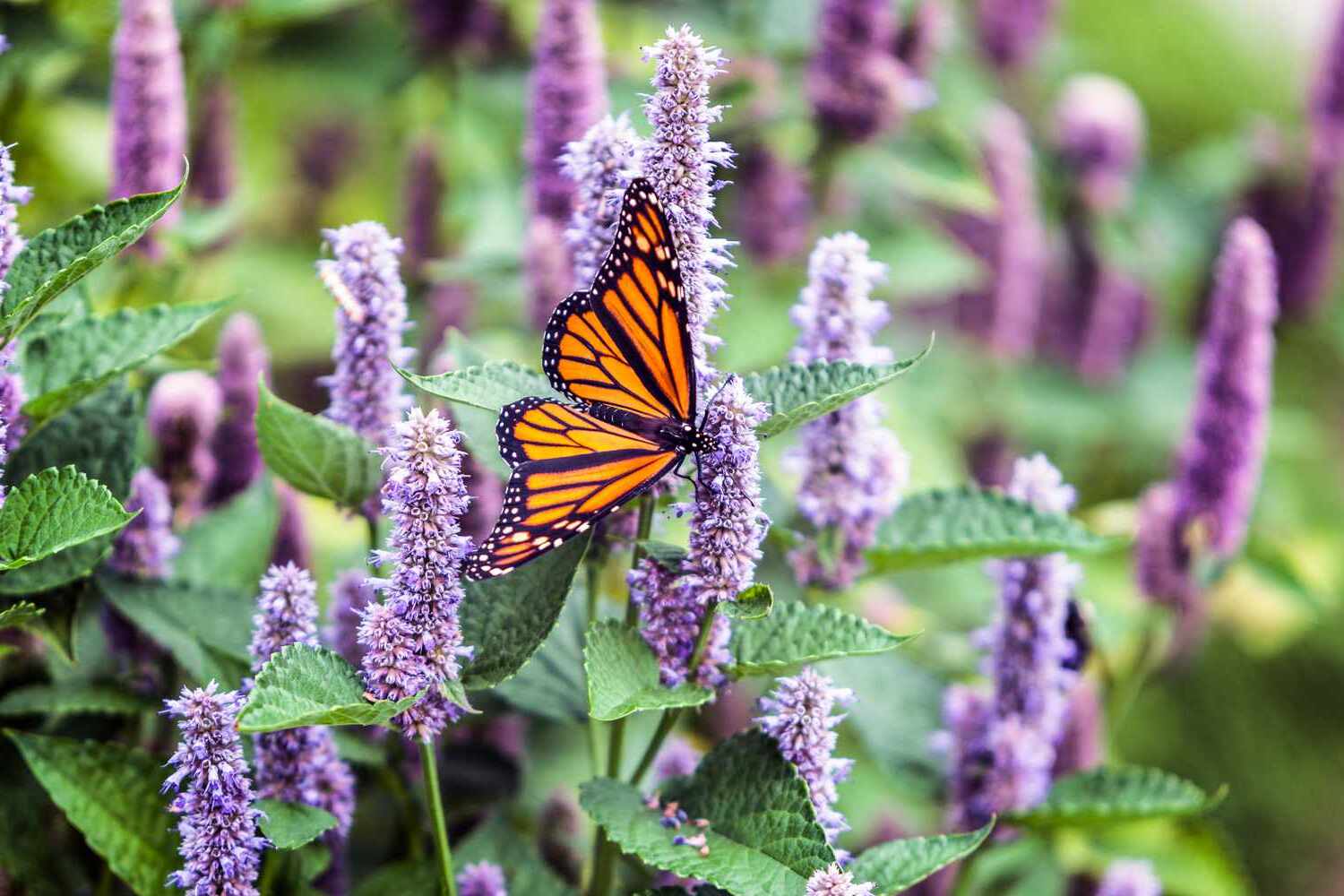
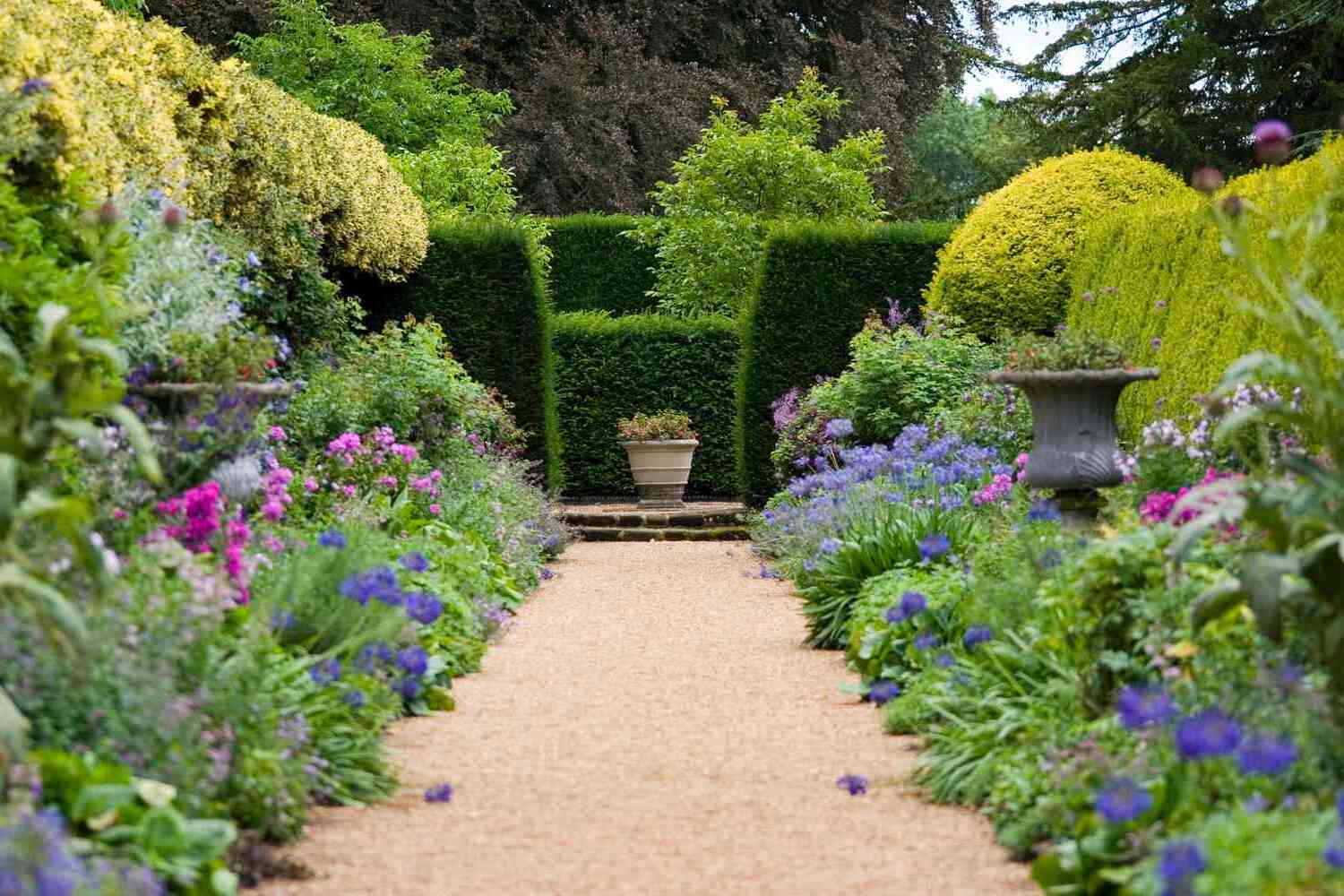
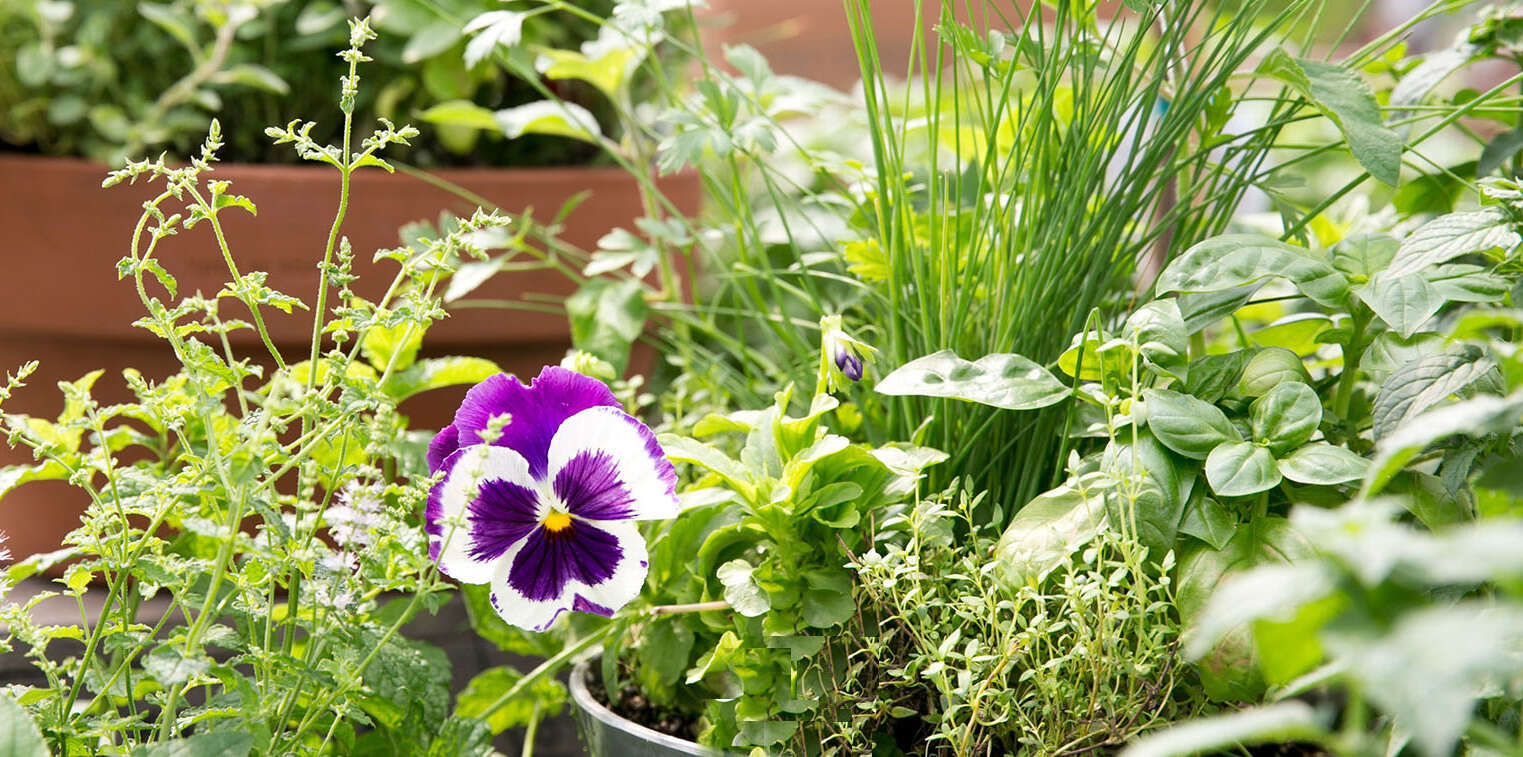

0 thoughts on “How To Design A Wildflower Garden”